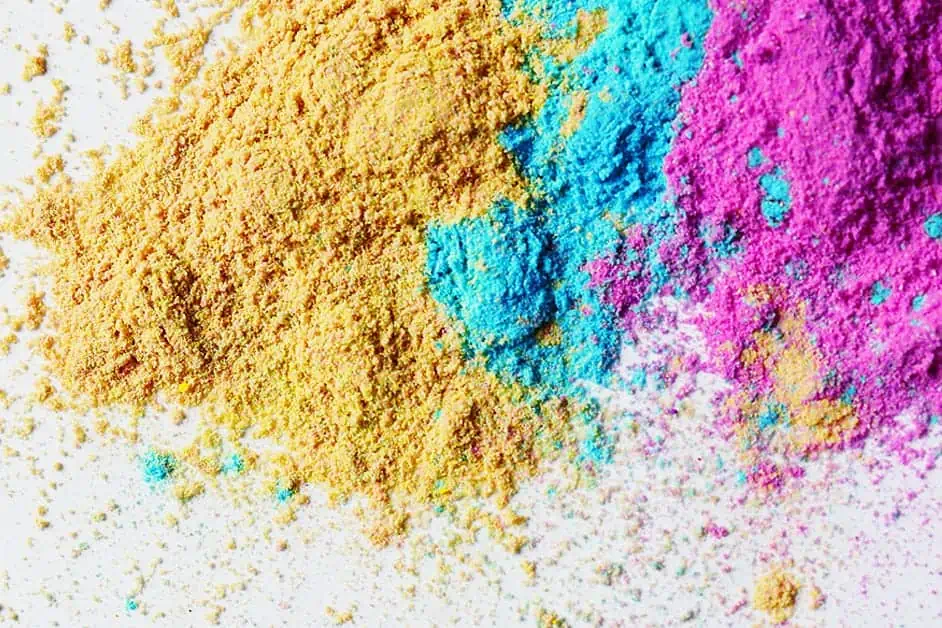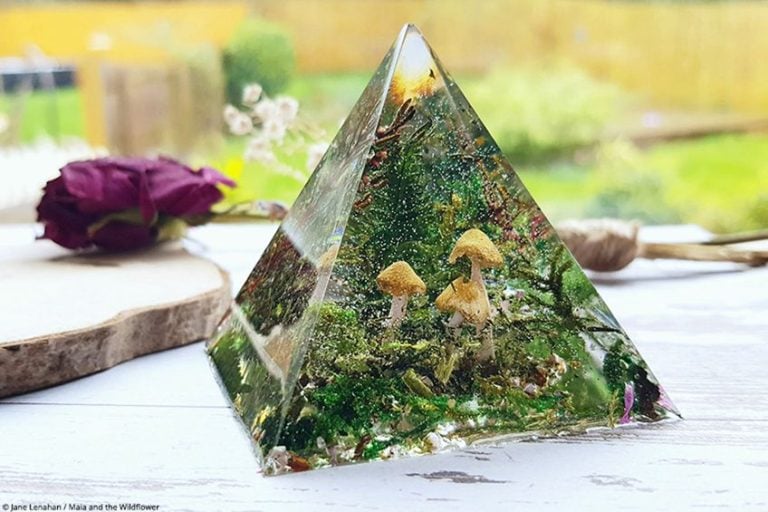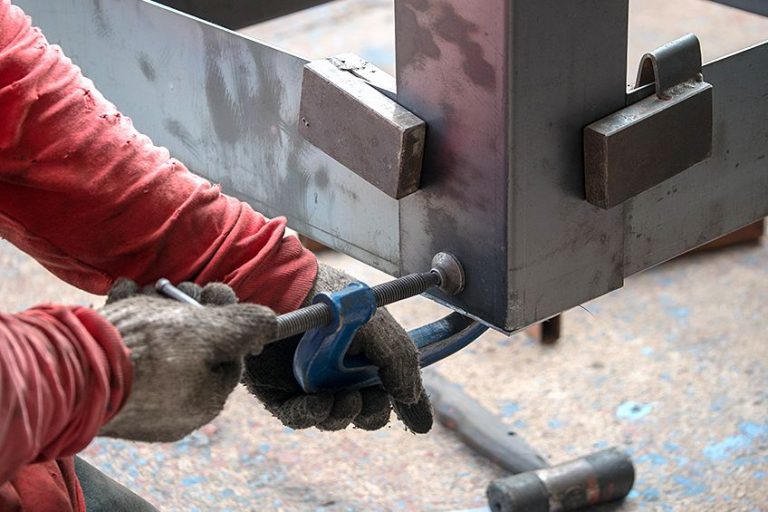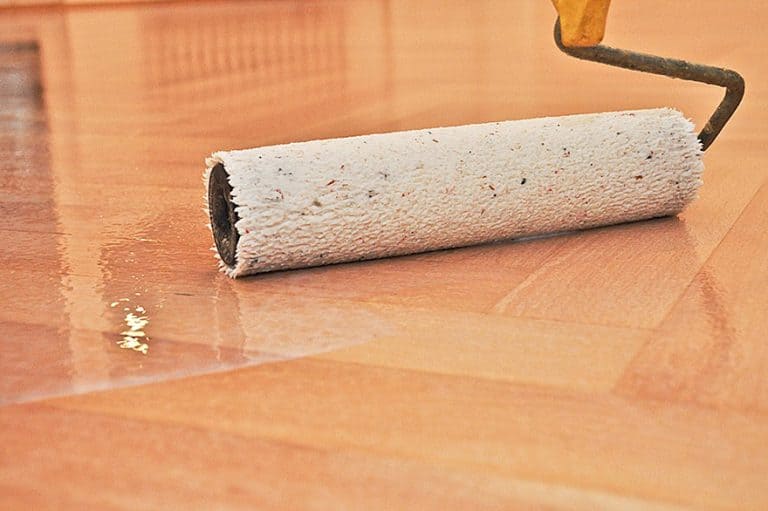How to Color Resin – Complete Tutorial and the Best Resin Dye
This post may contain affiliate links. We may earn a small commission from purchases made through them, at no additional cost to you.
Resin is perfect for coloring and is therefore very popular with artists, DIY enthusiasts and DIY enthusiasts. Of course, the normally transparent resin is also often used in its crystal clear, colorless form, e.g. for casting various objects or epoxy tables. For many projects, however, colored casting resin is required and here too the material proves its incredible flexibility. With this article we help you to find the right epoxy resin color for your project.
Table of Contents
Which Types of Paints can be used to Color Resin?
Many, but not all, of the numerous color media available on the market are suitable for coloring epoxy. For example, the mixing ratio of the resin changes if the chosen color contains oil or water. If this is not taken into account, it can happen that the resin has dull spots or even does not harden completely. In addition, not all colors have sufficient light resistance.
However, there are different color media that are very suitable for mixing with epoxy resin:
Color Pigments for Epoxy Resin
With color pigments, the coloring of casting resin is very easy. In addition, this variant is very economical, as only a small quantity of high-quality pigments is needed to color the resin.
Often the color pigments are available in powder form. As these often do not dissolve completely in the resin, exciting, slightly granular effects can be created.
Liquid Epoxy Resin Dye
On the market you can find some color media that have been specially developed for working with epoxy resin. These are called Resin Dye and are available in liquid or paste form. Such inks are naturally ideal for coloring resin. A very productive epoxy paint of highest quality is offered e.g. by the manufacturer ArtResin with its ResinTint paints.
Due to the similar composition these two components can be mixed very well. Epoxy resin contains polymers – epoxy paints are usually based on prepolymers.
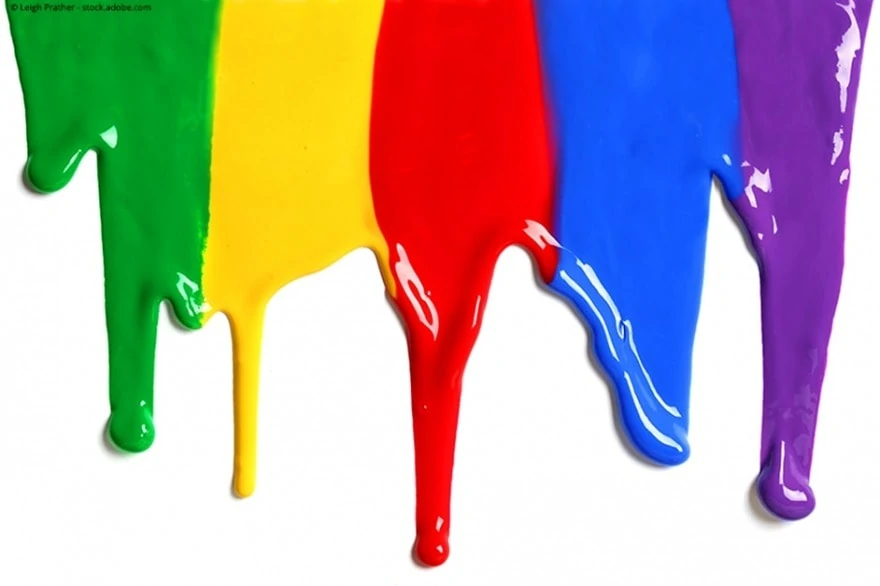
Coloring Epoxy Resin: Tips & Tricks
If a color medium is added, the mixing ratio between resin and hardener changes, which can lead to unforeseen problems. Therefore some things should be considered:
- The chosen colors should be concentrated or highly pigmented to change the mixing ratio as little as possible.
- To test whether the color and its reaction with the resin meets your expectations, you should first mix a small amount of the two components and see the result.
- Try to get a feeling for the properties of the pure epoxy resin and its handling. If you know how the resin reacts when uncolored it is easier to estimate how it might react in combination with the color medium.
- The paints used should not contain water, as this can have a very negative effect on the mixing ratio between resin and hardener.
- When selecting the color, make sure that it is sufficiently lightfast. If you create a workpiece made of transparent epoxy resin, it is hardly noticeable if the resin turns yellow over time due to the influence of UV radiation. With colored resin, however, the fading of the color tone is clearly visible.

How to color Resin – Tutorial for coloring Resin
- When working with epoxy, the time factor is of great importance, as the resin cures very quickly during application. Therefore, you should have all necessary materials ready to hand at your workplace.
- Protect your workplace from possible splashes, e.g. with plastic sheeting.
- The protection of your health has the highest priority. Wear protective goggles, a breathing mask and nitrile gloves when working with epoxy resin.
- First mix resin and hardener thoroughly in the mixing ratio recommended by the manufacturer.
- Once you have mixed the two components carefully, it is time to add the paint. Add a small amount of paint concentrate or pigments to the mixture and mix well. Repeat this process until you have achieved the desired shade.
- As a basic principle you can remember: In order not to influence the mixing ratio negatively and thus impair the hardening, the proportion of the color should not be higher than 5%.
Epoxy Resin Color: All color Media in Portrait
The following liquid or pasty paint media are very suitable for working with epoxy resin.
Liquid or Pigment Paste
Special Epoxy Dye
As already mentioned, there are paints called Epoxy dye on the market that have been specially developed for use with epoxy resin. We have already discussed their advantages and the most well-known product on the market, ResinTint from ArtResin, in more detail above.
- Set contains 16 vibrant and translucent liquid pigments
- Odorless, vegan-safe, and easy to use
- Concentrated and blends easily for creating translucent colored resin
Airbrush paint is also very well suited for use with resin. With this paint medium, however, you should make sure that the paint concentration contained in the product is sufficiently high. This is usually the case with higher quality paints. An airbrush color from the Schmincke company is Aero Color, which is very well proven for working with resin.
- Suitable for all kind of craft projects
- High-pigmented colors
- Manufactured in America
- Highly-pigmented Airbrush colors
- Fade resistant under sun light
- Brillant Pearl Set
Due to the fact that ink has an extremely high pigmentation and concentration, this color medium is very productive. Just a few drops are sufficient to color synthetic resin. This applies both to alcohol inks and to those based on water as a solvent.
A disadvantage of ink as a color medium is, however, that it is not particularly light-resistant. Therefore it is rather unsuitable for workpieces that are frequently exposed to UV light.
- Offers 26 vibrant colors, providing a wide range of options to create dynamic and colorful resin art
- Highly concentrated alcohol-based formula
- Versatile application
- Winter 2018 Release
- 12 Colors Included: Tattered Rose, Aged Mahogany, Carved Pumpkin, Squeezed Lemonade, Evergreen Bough, Mermaid Lagoon, Blueprint Sketch, Shaded Lilac, Bundled Sage, Forest Moss, Gathered Twigs and Hickory Smoke

Color Pigments and Additives in Powder Form
Color Pigments
color pigments are color powders that can be produced either naturally or synthetically. Examples of natural, inorganic pigments are soils or minerals. These are dried and then finely ground. Many different processes are used in the production of synthetic color pigments.
In the past, natural color pigments were generally used. However, the sources for these gradually dried up, so they were increasingly replaced by synthetic alternatives. In addition, the natural color pigments were sometimes very toxic because they contained heavy metal compounds. Many of them were therefore classified as very hazardous to health and gradually disappeared from the market.
Pigments are available in the most diverse variations. Everything from matt to metallic shine can be found on the market. When buying color pigments you should use a product from established manufacturers. Only these offer a sufficiently high quality and light resistance, so that your epoxy resin artwork still shines in intense colors after a few weeks or months and does not fade.
- Hemway has one of the largest ranges of pigment powder dyes
- You can simply mix this slowly into resin until the desired ratio is reached
- Colorfast and lightfast, so your works will still shine brilliantly even after a long time

Take care of your health and always wear a respirator when working with pigments so that you do not inhale the fine color particles.
Glitter Powder
Glitter powder turns your epoxy resin works into real eye-catchers. They do not color the resin directly, but provide a real wow-effect with effects ranging from metallic shine to holographic glitter.
- An ultra-fine texture, providing a smooth and even application for a variety of projects
- Ideal for epoxy resin, resin molds, nail art, body, hair, and face
- The glitter offers intensely saturated colors with a holographic effect
Glowing Pigments
Even cast resin artworks containing small luminous pigments are real eye-catchers. Here you have the choice between fluorescent luminescent particles, which are “charged” by UV light and then glow in the dark, or pigments that begin to glitter under black light.
- Made of premium material, which glows long and high luminance
- Long service life of more than 10 years
- Non-toxic, non-radioactive, safe to use
Resin Colors not Suitable for Epoxy Resin
Coloring Epoxy Resin with Acrylic Paint
Acrylic paint consists of a variety of ingredients such as water, binding agents, color pigments and often other additives to make the paint last longer. Especially the high water content and also other additives can have a negative influence on the result of your work, e.g. by streaks or a matt surface.
Watercolors
Watercolors have a very low pigmentation. This means that only in very large quantities would they actually color the resin. In addition, the components epoxy resin – watercolor/watercolor are very difficult to mix.
Oil paint contains lipids through the oil it contains, which do not combine with the resin. When these two components are combined, the formation of lumps is practically pre-programmed.
The most frequently asked Questions about coloring of Epoxy Resin
Painting Epoxy Resin in color – is that possible?
Epoxy resin can also be painted in color. However, you should use car paint or another high-quality two-component paint for this purpose. Even though it is generally most effective to color the resin directly during the casting process, it may make sense to paint it afterwards. This is the case, for example, when building aquariums/terrariums.
How heat resistant is colored Epoxy Resin?
The casting resins, which are usually commercially available, usually have a heat resistance between 70° C. and 100° C. If the resin is colored, it is possible that the temperature resistance will decrease. Therefore, it is common practice, especially for epoxy tables, to apply a layer of clear epoxy resin afterwards.
What is Casting Resin used for coloring?
Casting resin is a low viscosity resin, which you can also color with the colors presented above. If you use color pigments, there is a risk that the pigments will sink on the ground of the still wet casting resin, because of the drying time.
How to dye Resin?
The process is the same for all kinds of Resin: First mix the two components, then add the Epoxy dye or color media. Stir slowly and carefully untill everything is mixed very well without getting too much air bubbles in the mixture.
In 2005, Charlene completed her wellness degrees in therapeutic aromatherapy and reflexology at the International School of Reflexology and Meridian Therapy. She worked for a company offering corporate wellness programs for several years before opening her own therapy practice. In 2015, she was asked by a digital marketer friend to join her company as a content creator, and it was here that she discovered her enthusiasm for writing. Since entering the world of content creation, she has gained a lot of experience over the years writing about various topics such as beauty, health, wellness, travel, crafting, and much more. Due to various circumstances, she had to give up her therapy practice and now works as a freelance writer. Since she is a very creative person and as a balance to writing likes to be active in various areas of art and crafts, the activity at acrylgiessen.com is perfect for her to contribute their knowledge and experience in various creative topics.
Learn more about Charlene Lewis and about us.
